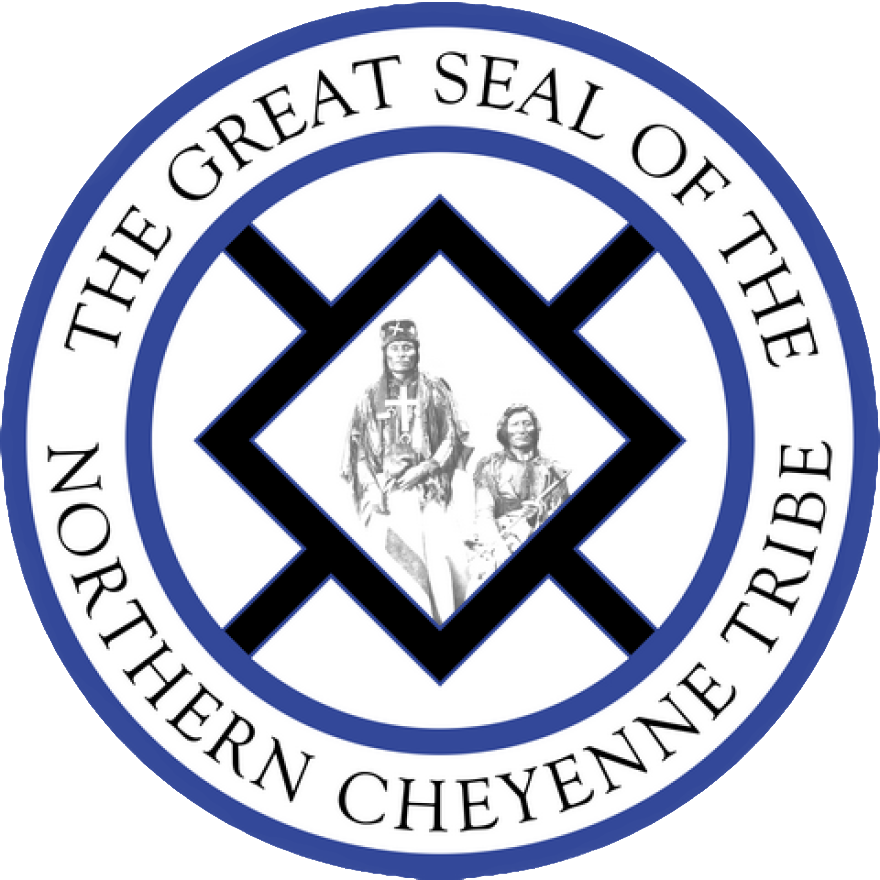
Increasing Access to Literacy and Libraries
for
Northern Cheyenne Children and Families
Purpose
Reading Nation Waterfall is a three year federally funded project working with five Native American tribes across the country. The Northern Cheyenne Tribe is one of those partners and we are working with the Northern Cheyenne Head Start, Lame Deer Elementary, and Woodenlegs Library with three primary goals to: 1) Increase access to books and libraries to children and families, 2) Increase the number of books and reading with parents/adults at home, and 3) Increase relevance and use of libraries for Native American communities. Two primary outcomes are to increase kindergarten entrance and 4th grade reading scores for each partnering tribe. One of our main activities is to provide an unlimited number of free books to children from 0-10 at preschool, elementary school, and their public libraries through strategically placed little free libraries that will be restocked with brand new/gently used librarian curated books every week.
Total Books Disseminated
| Organization | BOOKS DISSEMINATED |
| Northern Cheyenne Head Start | 80 |
| Lame Deer Elementary | 5,950 |
| Woodenlegs Library | 637 |
| Free Book Fairs | 2,935 |
| TOTAL TO DATE (as of June 25, 2024) | 9,602 |
Little Free Libraries
Northern Cheyenne Partners
| Northern Cheyenne Head Start | Woodenlegs Library | Lame Deer Elementary |
|---|---|---|
| Roberta Harris, Director | Adrienne Violett, Director | Joe Roth, Librarian |
Visit Your Local Library
Woodenlegs Library
1 College Dr.
Lame Deer, MT 59043
Colstrip Public Library
419 Willow Ave.
Colstrip, MT 59323
Northern Cheyenne History and Facts
Brief History
The Northern Cheyenne refers to themselves as “Tsis tsis’tas” (Tse-TSES-tas) which means “the beautiful people” or “the people”. The Northern Cheyenne language is derived from the Algonquin language family.
The Northern Cheyenne Tribe has approximately 12,266 enrolled tribal members with about 6,012 residing on the reservation. The tribal headquarters are located in Lame Deer, Montana. There are four other districts within the reservation. The Northern Cheyenne Reservation is in southeastern Montana and is approximately 440, 000 acres. The boundaries of the reservation extend from the Tongue River on the east to the Crow Reservation on the west. The Northern Cheyenne are one of ten bands of the Cheyenne tribe spread throughout the Great Plains.
In 1825, the Cheyenne Tribe split into the Northern and Southern Cheyenne Tribes, with the Northern Cheyenne people moving into eastern Wyoming. Northern Cheyenne people were frequently at war with the US Army over territory. Many Northern Cheyenne were killed in the Sand Creek Massacre. The Northern Cheyenne were able to defeat General Custer in the Battle of Little Big Horn, but continued to fight for their rights to land even after that success. In 1884, the Tongue River Reservation was created for the Northern Cheyenne. The territory was later changed to be called The Northern Cheyenne Indian Reservation.
Origin Story
An important origin story for the Northern Cheyenne includes the leader Sweet Medicine and his journey to the Sacred Holy Mountain, today known as Bear Butte. At the mountain, he found a teepee/big lodge and entered. He realized that the elders that he saw were actually gods and that they were there to instruct him on ways to protect his people. He found the Four Sacred Arrows there, two were for hunting and two were for war. They were highly valued by the Northern Cheyenne tribe and used in many ceremonies. Sweet Medicine also gained knowledge in military organization from the elder gods. He later brought back this knowledge to his tribe.
Northern Cheyenne Tribal Website
Donation News
Family/Child Literacy Program
At home is where readers are made. Reading Nation Waterfall will provide the books for free but it is essential adults read with their children at home EVERYDAY.
Read
- Spend 15 minutes every day reading – anything! You can read to yourself or read aloud with the family.
- The most powerful ways to encourage young readers are also the simplest: talk with, listen to, read to, and write with your kids.
- Gather a variety of print materials and read them aloud to your child: a recipe, a grocery bill, a calendar, labels, mail, phone messages, signs, magazines, newspapers, games, posters. Even if children do not understand all the words, if they can see the connection between text and your words, and you can both pay attention to the text.
Write
- Provide writing materials: crayons, pencils, charcoal, paper, even backs of mailed paper; have children copy letters or do “pretend” writing.
- Write a new ending for a story you read or heard. Attach a photo to the middle of a paper. To the left of the phone, draw a picture and write what happened before the scene in the picture; then to the right of the photo, draw a picture and write what happened afterwards.
- Collect or draw pictures about a topic such as seasons, animals, colors. Paste them on paper, and caption them.
Talk
- Talk through activities you do. How do you cook, fix a car, do laundry, pull weeds, dress a child?
- Tell stories. Tell a story about your pet or toy; use a stuffed animal to tell a story.
Sing
- Sing songs to a child, and sing songs together.
- Clap or dance to the rhythm of a song.
- Make up new words to a song.
- Make up actions to a song.
Play
- Play nursery rhyme games such as Peek-a-Boo, This Little Piggy, Itsy Bitsy Spider.
- Draw the picture of a character or a place in a story you read or heard.
- Act out a scene or a plot in a book you read or a story you heard.